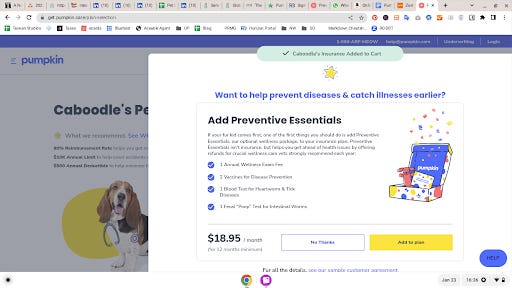
In an emergency, medical insurance can pay for the costs of medical treatment. This insurance may not cover you for visits to out-of-network hospitals. While the out-of-network hospital doesn't require prior approval from your insurance company, there are rules and deductibles that you should be aware of before using their services.
Coverage for catastrophic health
Catastrophic insurance plans pay for emergency medical bills in case of a catastrophe. These policies cover covered medical expenses up to the deductible, but the catastrophic plan covers the entire bill if you are admitted to hospital or have surgery. Such plans provide emergency coverage as well as free preventive and primary care visits.
For those who do not have major medical coverage, catastrophic coverage for emergency insurance can be a good choice. Catastrophic policies are generally affordable and cost less monthly. They also tend to have higher deductibles, but they're usually not as high as traditional medical insurance plans. They are ideal for people who have no income or are not insured.

Catastrophic medical insurance for travel
If you're looking for a cheap travel medical insurance plan, you might want to look into a catastrophic plan. These plans are great for protecting yourself against the worst. They have high deductibles and low monthly premiums. However, it's important to note that you'll have to pay all the medical costs until you've met your annual deductible, which is usually a few thousand dollars.
A catastrophic travel medical plan might be an affordable option, but it is not for everyone. Basic catastrophic plans don't cover chronic illnesses and are limited to emergency coverage. Senior citizens who require regular medical supervision may not find them suitable. They may not cover preventive care services like annual checkups.
Temporary nonimmigrant coverage
It is available to students and temporary nonimmigrant residents in the U.S. This policy covers emergency medical conditions that require immediate medical attention. Preventive services are not covered under the policy. If you are unsure of your eligibility, you should enroll in pre-approval. You will receive a preapproval letter approximately 12 months prior to your appointment. Call 311 for more information or to register online. You will also be required to prove your identity, income, and state residency.
In addition, temporary non-immigrants may also be eligible for Medicaid emergency medical care. They will need to verify their immigration status with the USCIS. The documents may be expired, but this will not prevent you from receiving emergency medical care.

Emergency medical insurance includes cost sharing
You may be required to pay out-of network fees if you have an emergency and don't have the right insurance. This applies to emergency services, hospitalizations and emergency rooms. It includes hospital bills and those from other providers. This includes in-hospital services such as pathology and anesthesia provided by doctors not in network.
Many health plans offer some type of cost-sharing. These costs vary according to the type of health plan and the type of service. Cost sharing is generally in the form a copayment or coinsurance. The policy will outline the copayments and deductible amounts. Some plans also require that you pay a copayment to cover emergency room visits.